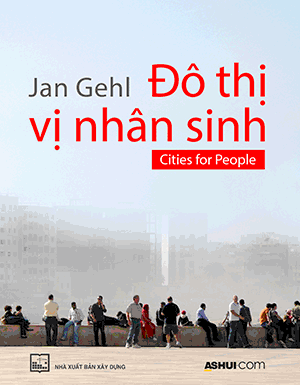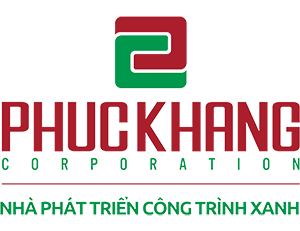Vietnam until now has not found proper methods to restore Hanoi as the local authorities have not identified what are eligible to be restored in the old quarter. The case has even been researched and discussed by more than 20 countries, said Dao Ngoc Nghiem, former head of Hanoi City’s Planning and Architecture Department, at the international forum Sharing Experience on Restoring Old Cities: Genova and Hanoi in Hanoi on May 21st.
The old quarter has 112 historical and cultural relics and hundreds of old houses with typical architectures, of which the most striking is the house located at 38 Hang Dao Street built in the seventeenth century in the Le Dynasty by the Dong Lac family. The house keeps many stele boards dating back to 1856. The house located at 87 Ma May is also famous for its elegant architecture and Oriental decorations.

Arch. Giorgio Parodi from Genova city, Italy (left), Dr. Dao Ngoc Nghiem (right) - Photo: Ashui.com
The restoration and preservation of old street areas are making local authorities uneasy as old street areas have downgraded through ups and downs of historical epochs and need urgent renovation. However, the city now is stuck in different initiatives of experts from Australia, Japan, France and Switzerland. For example, the project of Australia in 1995 that proposed to adjust the entire old quarter had not been realized. Last year, the University of Civil Engineering in Hanoi collaborated with Japanese experts to map out ways and means to preserve and develop the old quarter by upgrading an old street area or making an underground living space for old houses to increase settlement area. But this way cannot be applied as the underground story will affect the solidity and structure of houses.
Currently, Hanoi has about 1,100 houses worthy of renovations and repairs. In old quarter areas there are about 20% new houses, 63% downgraded houses, 12% heavily damaged houses and 5% houses that do not meet living conditions. The difficulty is houses are close together or next to relics, causing bad effects on architecture and structures of relics when renovation is carried out.
Nghiem said the most practical thing was keeping the streets clean and clear and assuring living conditions for locals. Some of them are difficult to decide to leave their living places as their lives are associated with their traditions, ancestors, neighbors and business.
Therefore, the project of resorting old streets is sluggish as residents are hard to move.
Nghiem added that projects need clear policies and exact selections for what needs to be restored and upgraded.
- HCM City says will prioritize road projects in next five years
- Localities more careful when attracting FDI
- Capital shortages impede housing plans
- Urban migration not a problem, just a challenge
- Ha Noi master plan under scrutiny
- Controls needed for FDI projects using domestic capital
- SIG looks for its place in Danang’s sun
- Foreign firms dominate property consulting service
- Apartment office ban draws fire
- Residents' co-operation vital in efforts to preserve Old Quarter




























